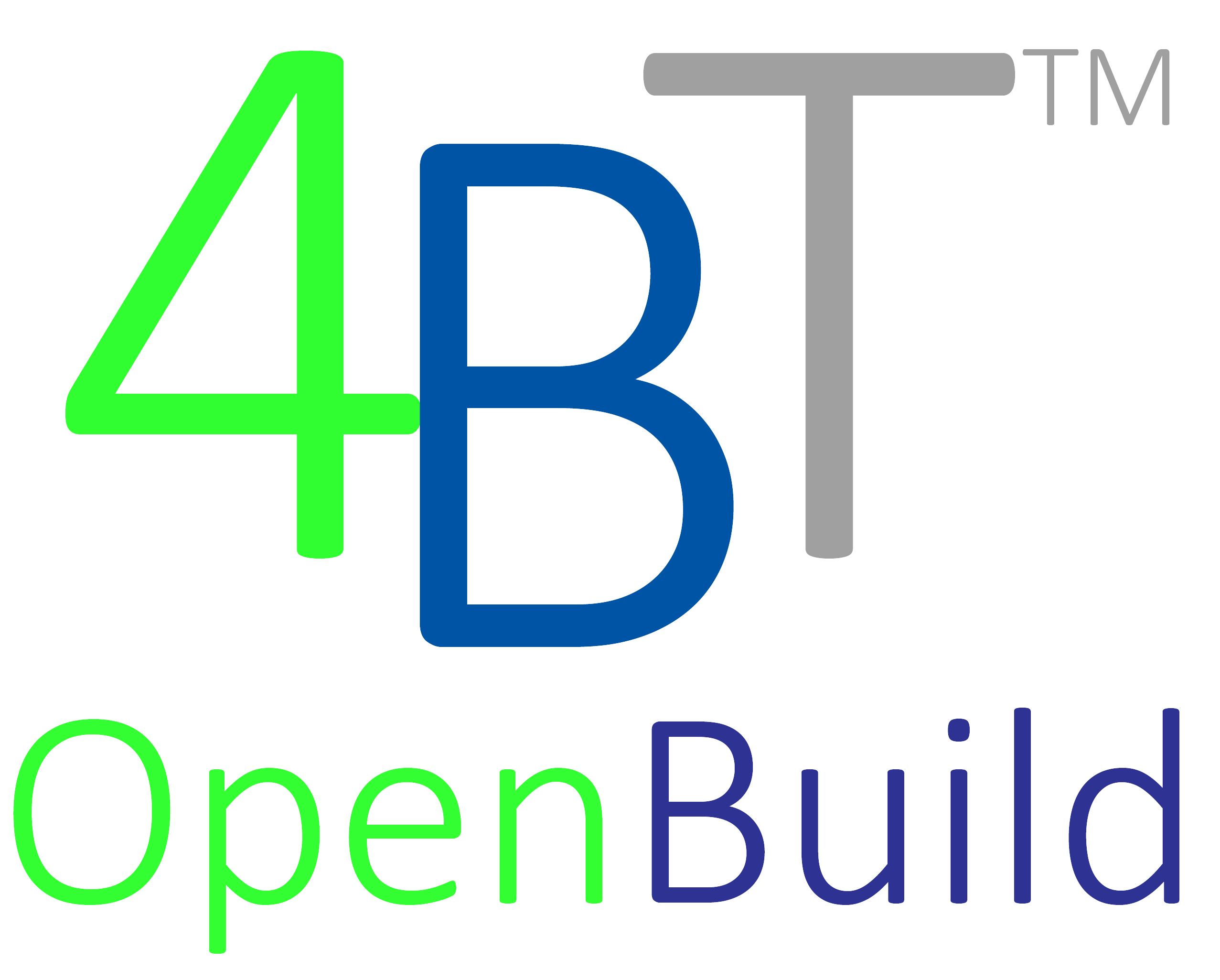Far too often task orders for preventive maintenance are inefficient due to poor process and a lack of cost visibility/management.
A task order is a miniature contract that is used to define a project’s scope, cost, schedule, and to determine the obligations of the parties to the agreement1. It is an order for products or services associated with a main general contract that sets out the basic stipulations of a business agreement, in this case a preventive and routine maintenance contract. Task orders are used in IDIQs (indefinite delivery, indefinite quantity) and are adaptable contract types that give a government agency or agencies flexibility to agree to a contract when the exact requirements or needs are not known3. The agency provides specifics and describes the overall scope, project background, and Performance Work Statement/Statement of Work.
Specific to Preventive Maintenance, it is critical that a current objective, locally researched, preventive maintenance task database be used. The database can be used by contractors to bid a coefficient to include profit and overhead and to create individual task order for government approval. The government can use the PM database to ensure cost management by having an accurate representation of labor and materials for all associated tasks required for specific requirements. Both the government and the contractor have a detailed Scope of Work (SOW) for each PM activity based upon local market wage rates, associated materials, and the specific checklist of discrete tasks for the associated piece of equipment and frequency interval.
For example, the annual PM cost for a 200-bed hospital could be readily created using the PM task database and the building equipment inventory (i.e. Real property installed equipment (RPIE) or installed building equipment.)



Learn how to gain PM and routine maintenance cost visibility and cost management capability.
